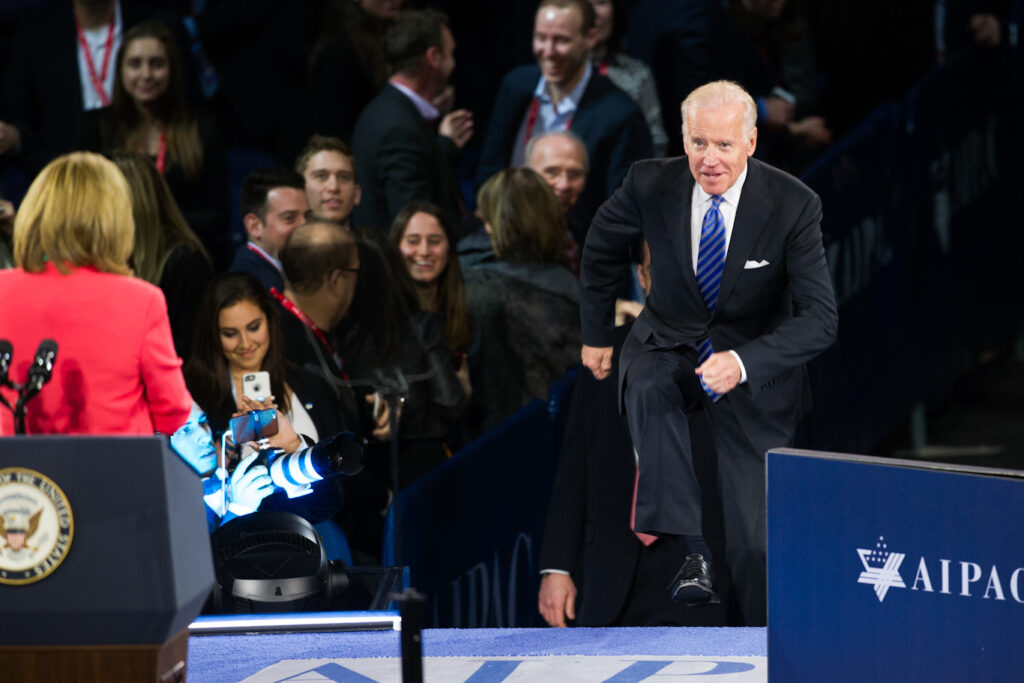
During a meeting on December 21 with his Chinese counterpart, Li Qiang, Russian Prime Minister Mikhail Mishustin declared that Western currencies have almost been completely eliminated for Russia-China trade, as nearly all payments between the countries are now conducted in rubles and yuan.
The Russian PM made these remarks during a two-day visit to Beijing for a scheduled meeting of Russian and Chinese heads of government.
“We continue to increase the share of national currencies in mutual settlements. If in 2020 this figure was about 20%, then this year we have actually completely gotten rid of the currencies of third countries in mutual settlements,” Mishustin disclosed.
He also highlighted boosting business relations, recalling that a joint business forum organized in Shanghai in May attracted more than 1,500 entrepreneurs from both countries.
“We are creating comfortable conditions for the work of commercial firms on the Russian and Chinese markets. We have an extensive joint agenda,” Mishustin proclaimed.
For his part, Li Qiang pointed out that cooperation between Moscow and Beijing continues to be on the rise and is becoming increasingly significant against the backdrop of “global turbulence.”
Russia and its trade partners have started to use alternative currencies in mutual trade after sanctions effectively denied Moscow access to the Western financial system. A rising number of nations are likewise resorting to national currency settlements in trade.
On December 18, at the Russia-China Financial Dialogue forum in Beijing, Russian Finance Minister Anton Siluanov posited that the sustainable development of financial relations and settlements within the BRICS group of countries was crucial for all member states.
In light of this situation, the BRICS group of emerging economies has been contemplating ways to enable payments in local currencies between member countries. The bloc aims to reduce its dependence on the U.S. dollar and the euro for economic growth.
“We need to further develop financial cooperation within the BRICS countries. Here we see opportunities … to develop a payments system that would be independent of the infrastructure, which does not always fully fulfill the goals of individual countries,” Siluanov emphasized.
“Therefore, the sustainable development of financial relations and settlements on the BRICS platform is important for us, and we believe that it is necessary to work out such issues, and today we will consider a number of them,” he added.
BRICS presently comprises Brazil, Russia, India, China, and South Africa, but the group will be joined in January by Egypt, Ethiopia, Iran, Saudi Arabia, and the UAE.
The G7 (Group of Seven) club of industrialized and developed countries comprises the United States, Canada, the U.K., France, Italy, Germany, and Japan.
According to a November Bloomberg report, the rapid rise of the BRICS is shaping the global economy, with the group’s share of world GDP in terms of purchasing power parity (PPP) poised to increase well beyond that of the G7 major advanced economies.
The Bloomberg report indicated that the expanded BRICS was already larger than the G7. In 2022 the bloc accounted for 36 percent of the global economy, as compared to 30 percent for the G7 group.
“Our forecasts suggest an expanding workforce and ample room for technological catch-up will boost the BRICS+ share to 45% by 2040, compared with 21% for G7 economies. In effect, BRICS+ and the G7 will have swapped places in relative size between 2001 and 2040,” Bloomberg reported.
Shop For Night Vision | See more…
Shop For Survival Gear | See more…
-
Sale!

Tactical Camo Nylon Body Armor Hunting Vest With Pouch
Original price was: $49.99.$39.99Current price is: $39.99. Select options This product has multiple variants. The options may be chosen on the product page -
Sale!

Quick Slow Release Paramedic Survival Emergency Tourniquet Buckle
Original price was: $14.99.$7.99Current price is: $7.99. Add to cart -
Sale!

Stainless Steel Survival Climbing Claw Carabiner Multitool Folding Grappling Hook
Original price was: $19.99.$9.99Current price is: $9.99. Add to cart

















































